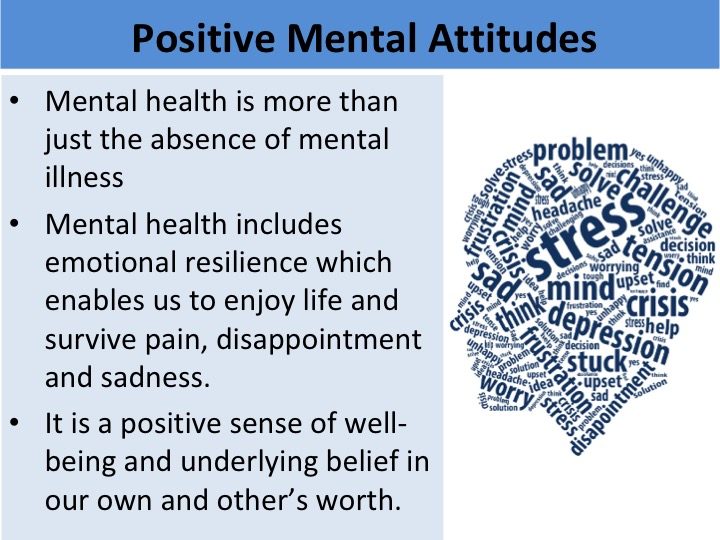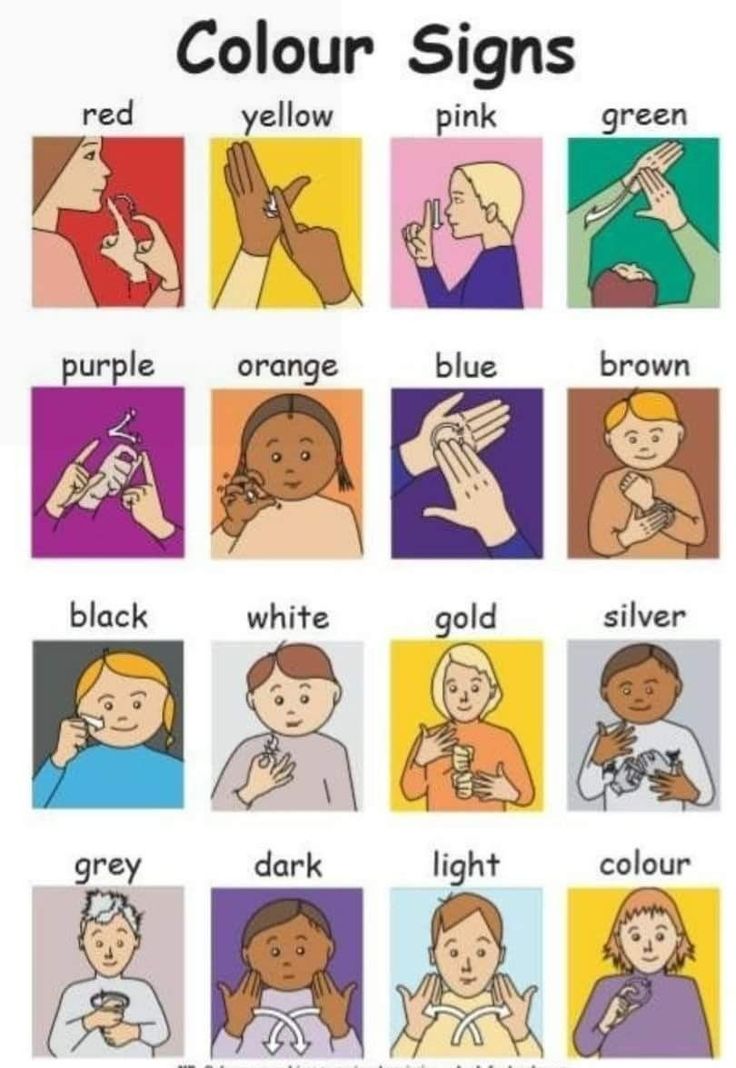Severe autism definition
The Difference Between Moderate To Severe Autism
Posted on March 20, 2019 by SDCAadmin
Every person with autism will face social, communication, and behavior challenges, and they will need ongoing assistance and support.
However, autism is a developmental disorder that’s a spectrum, meaning children with autism may experience mild, moderate, or severe symptoms and impairments.
As the parent of a child with autism, identifying the differences between moderate to severe autism assists you in understanding your child and helping him or her achieve a quality of life and the highest possible level of independence possible.
Here are some of the differences in moderate to severe autism.
Behavior For Moderate To Severe Autism
Communication and intellectual challenges cause children with moderate autism to exhibit many unusual behaviors. They may flap their arms, rock, hit, bite, scratch, or become obsessed with an object when they’re bored, upset, happy, frustrated, overwhelmed, or unable to share their thoughts or feelings.
While these and other behaviors are a way of communicating, they can be scary and dangerous to family members, onlookers, and the child. Certain behaviors will remain quirks for life, but therapy, communication strategies, and other tools can help children learn to cope and communicate better so they remain safe.
The behaviors of children with severe autism are similar to those exhibited by children with moderate autism to a greater degree. Typically difficult to manage, these behaviors can include a variety of self-soothing, stimulating, or communicative behaviors like rocking, flapping and jumping as well as aggression toward others and self-abuse.
Beneficial therapy can help children with severe autism cope and communicate, but they may continue to exhibit these behaviors on some level throughout their lives.
Communication & Language For Moderate To Severe Autism
Communication and language capabilities are generally limited in children with moderate autism. They may acquire language skills later than normal and speak below their age level. In some cases, children with moderate autism are nonverbal and unable to speak words.
They may acquire language skills later than normal and speak below their age level. In some cases, children with moderate autism are nonverbal and unable to speak words.
Depending on intellectual abilities, children with moderate autism may learn to communicate through pictures, typing, or via other communication devices.
Many children with severe autism have very limited communication and language abilities. If they can speak, they repeat words and phrases they hear others say or say only a few words that do not fit the context.
Despite serious limitations, though, children with severe autism can communicate through sounds, groans, and behaviors. Parents use observation, interaction, and speech therapy to understand their child and discover ways to improve communication and language.
Children with moderate autism may or may not interact with peers. They generally struggle to make eye contact, interpret body language and emotions, and understand figures of speech, and they may simply walk away from conversations that don’t involve their favorite topics or interests.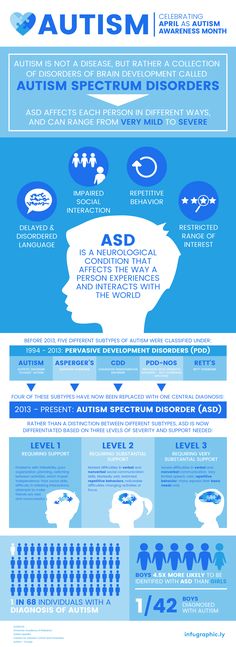
However, children with moderate autism can play near or with peers unless their repetitive behaviors like arm flapping or rocking, limited speech capabilities, and aggression scare peers who don’t understand the disorder.
The limitations of children with severe autism greatly reduce social interactions. These children often cannot control their repetitive behaviors and may express their discomfort, thoughts, and emotions through violent meltdowns that hinder community involvement.
Limited speech also hinders conversations, an essential part of socializing, unless they learn to communicate via alternative methods.
Sensory Concerns For Moderate To Severe Autism
Sensitivity to textures, tastes, sights, sounds, and aromas can be a challenge for children with moderate autism.
When faced with overwhelming sensory input, they may meltdown and display behaviors like rocking, moaning, or aggression. Parents must know their child’s sensory concerns and take steps to create a non-threatening environment with limitations on sensory triggers.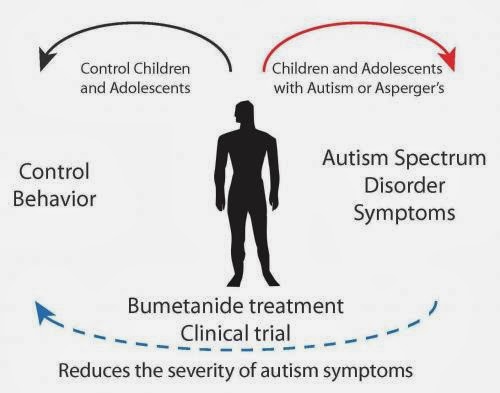 They can turn down the lights, serve preferred foods, and reduce household noise.
They can turn down the lights, serve preferred foods, and reduce household noise.
Additionally, they can use behavior therapy and other strategies to help their child develop coping skills and become more comfortable in less-than-ideal environments.
Because of sensory concerns, children with severe autism must often live in a very structured and predictable environment. They may be unable to tolerate loud noises, certain aromas, or any touching.
To prevent meltdowns or self-injurious behavior, parents must create a non-threatening environment and limit their child’s exposure to sensory triggers. In cases, therapy can help children with severe autism manage sensory concerns to a degree over time.
Education For Moderate To Severe Autism
Although children with moderate autism may have some intellectual or learning disabilities, they can often attend school. Because a mainstream classroom is usually overwhelming, children with moderate autism may enroll in an autism support classroom in a traditional school setting or attend a school specifically designed for students with autism.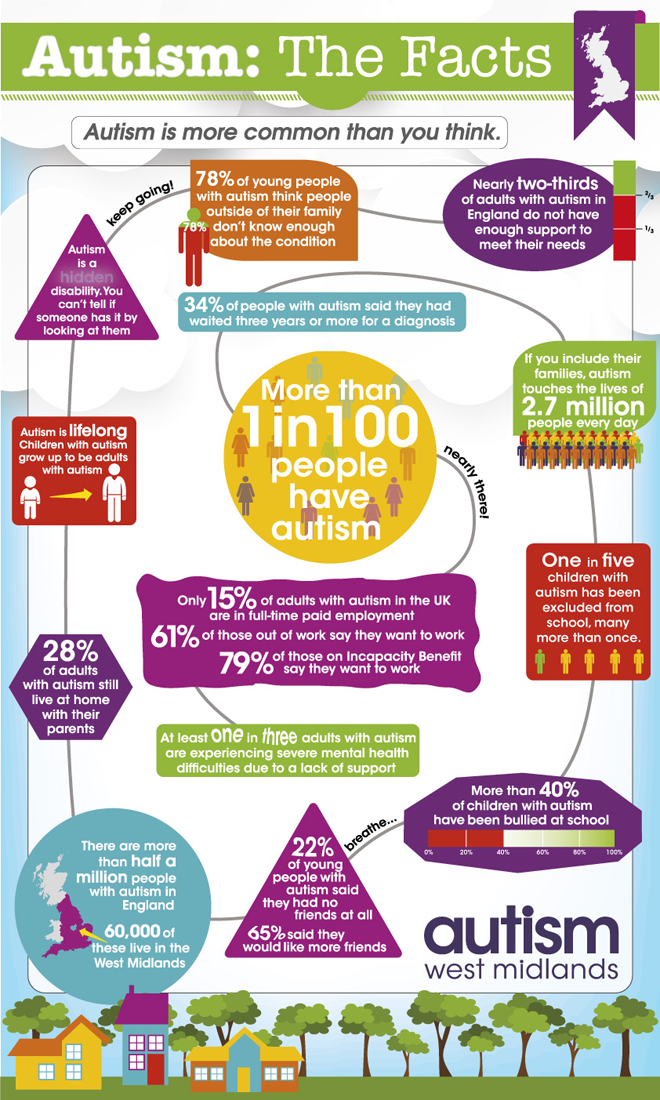
Special accommodations in the Individualized Education Program (IEP) provide beneficial supports that help the children maximize strengths, improve weaknesses, and gain valuable academic, social, emotional, and life skills.
Some children with severe autism have intellectual challenges that make learning difficult. A traditional school setting is impossible to navigate and even an autistic support classroom may be overwhelming.
However, small, therapeutic settings in a traditional or autism specific school can provide an environment that helps children with severe autism learn and grow. Here, educators follow a specialized and individualized plan for each child. With these supports, children with severe autism learn valuable skills.
Level Of Care For Moderate To Severe Autism
With behavior and occupational therapies, children with moderate autism can achieve a level of independence.
Often, they can learn to dress, bathe, and feed themselves, and they may even be able to hold a job eventually.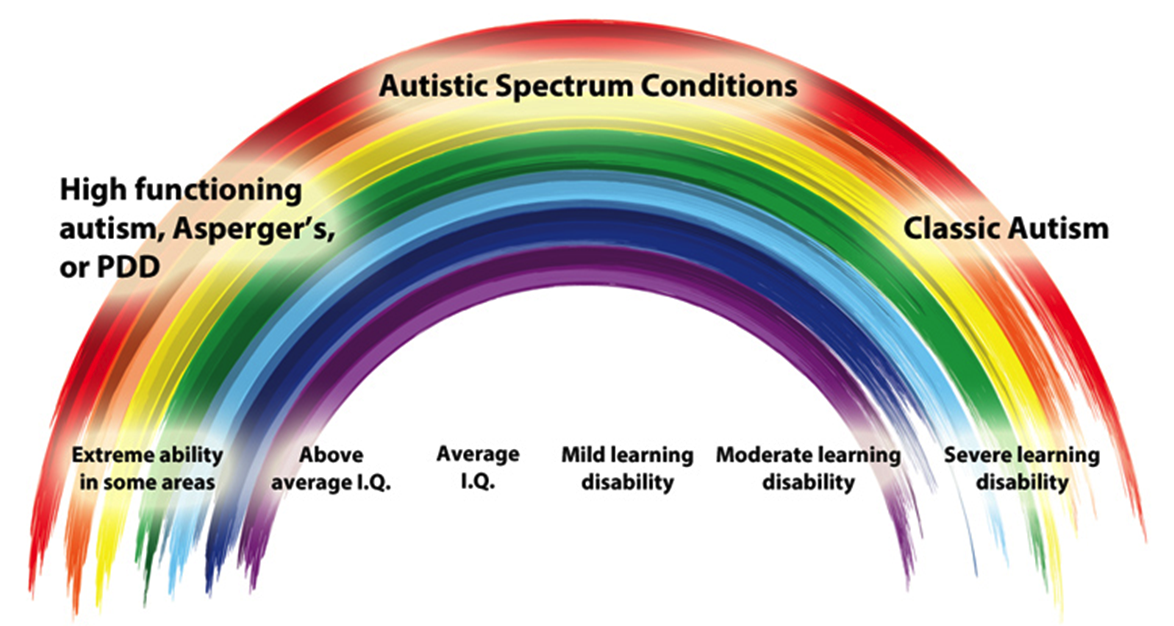 Intellectual and other challenges may hinder complete independence, though. They will always need someone to ensure their safety, provide for daily needs, and manage their treatment plan, including therapy and medical care.
Intellectual and other challenges may hinder complete independence, though. They will always need someone to ensure their safety, provide for daily needs, and manage their treatment plan, including therapy and medical care.
Children with severe autism typically need 24/7 care and supervision. Thanks to therapy, they can learn basic self-care. However, they will need assistance performing many activities of daily living, managing health care, and functioning in daily life.
Parents must carefully choose caregivers and respite workers who understand autism and can meet their child’s specific needs in a safe and effective manner.
Children with moderate to severe autism face similar yet different challenges.
Understand what type of autism your child has as you create a plan that nurtures and equips your loved one to reach his or her full potential and live a life of safety, comfort, and dignity.
You may also be interested in these related articles:
- Benefits of Choosing an Autism School
- Resource Guide For Autism Information And Education
- Teaching Students With All Levels of Autism
« Oldest
Newest »
What is severe autism? | Autism Resources
Understanding the symptoms of severe autism
Children on the severe autism spectrum typically require continuous assistance and care.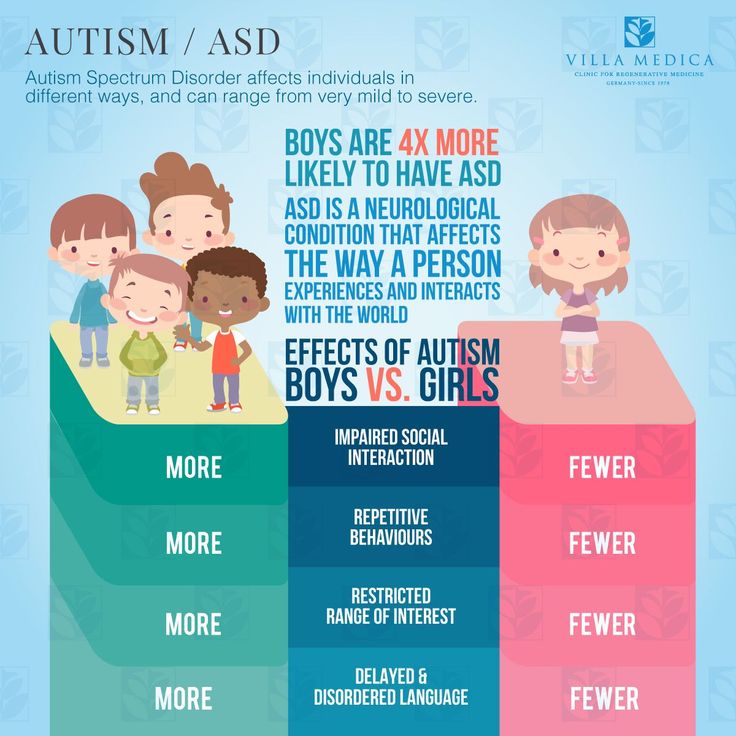 This form of autism is considered a severity level three. They face more challenges and disabilities than children with level one or two autism symptoms. Some autism symptoms remain common at all levels including:
This form of autism is considered a severity level three. They face more challenges and disabilities than children with level one or two autism symptoms. Some autism symptoms remain common at all levels including:
Speech and social symptoms
Children on the severe autism spectrum usually face significant challenges with communication and social skills. They are also the most likely to remain non-verbal or unable to communicate effectively and may therefore require augmentative and alternative means of communication.
Sensory dysfunction
Many children with level 3 autism often have sensory dysfunction. That implies they're either hyper- or hypo- sensitive to:
- Sound
- Light
- Touch
- Taste
- Smell
Cognitive challenges
Some children with autism may have increased IQs (Intelligent Quotient). However, generally speaking, children with severe autism have low to excessively low IQs. Since these children are often non-verbal, their IQs are measured using non-verbal testing tools such as spelling boards, sign language, or other such methods.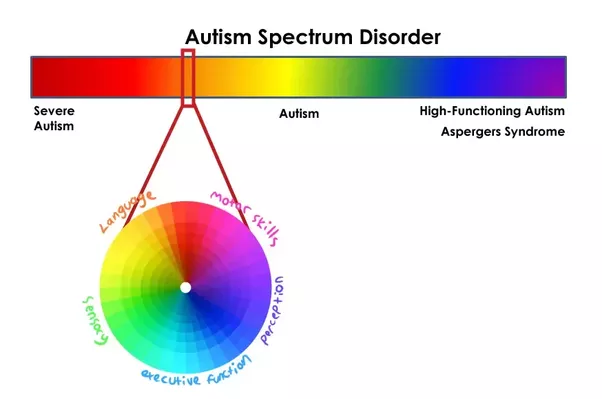
Repetitive behaviors
Many children with autism usually have self-stimulatory and repetitive behaviors. Some children might often flick their fingers, flap their hands, or rock themselves. Usually, they can manage these behaviors on their own, however, children with severe autism are likely to have extreme and uncontrollable behaviors.
Physical symptoms
Children with autism of all levels often have physical symptoms that include:
- Sleeplessness
- Epilepsy
- Gastrointestinal challenges
For children with severe autism, however, this can be a source of larger problems. Due to their communication challenges, such issues can go undiagnosed or undetected. The undiagnosed physical condition can often lead to physical discomfort, which may cause or worsen behavioral concerns.
What are the challenges that children face in severe autism?
The excessive behaviors of children with severe autism may result from sensory overload, frustration, or physical pain.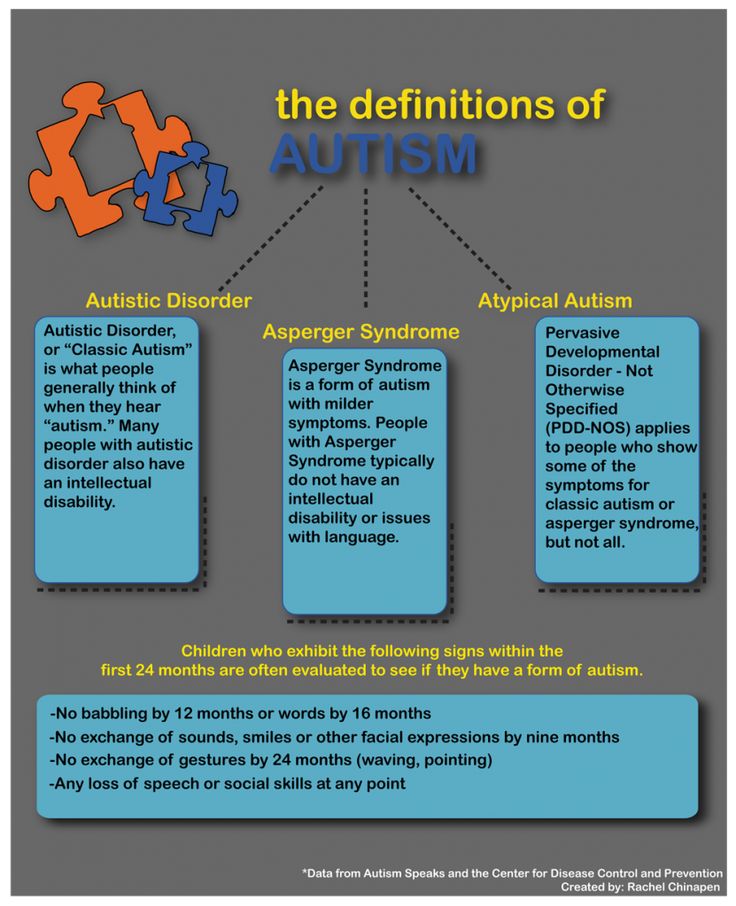 In addition, some children with severe autism express themselves through threatening behaviors.
In addition, some children with severe autism express themselves through threatening behaviors.
Self-injury
While self-injury can happen among children with milder symptoms of autism, behaviors such as head-banging, self-biting, and self-hitting, are far more common symptoms among children with severe autism.
Aggressive behaviors
These behaviors may include biting, hitting, kicking, scratching hair-pulling, and other similar behaviors.
Understanding the difference between moderate and severe autism
Behavioral pattern
Intellectual and communication challenges cause children with moderate autism to show many distinctive behaviors. They may flutter their hands, hit, rock, grind their teeth, scratch, or get obsessed with any specific object when they get upset, bored, joyful, frustrated, or unable to communicate their feelings or needs.
While these and other behaviors can be a form of communication for children with autism, they can sometimes be dangerous for the child and parents.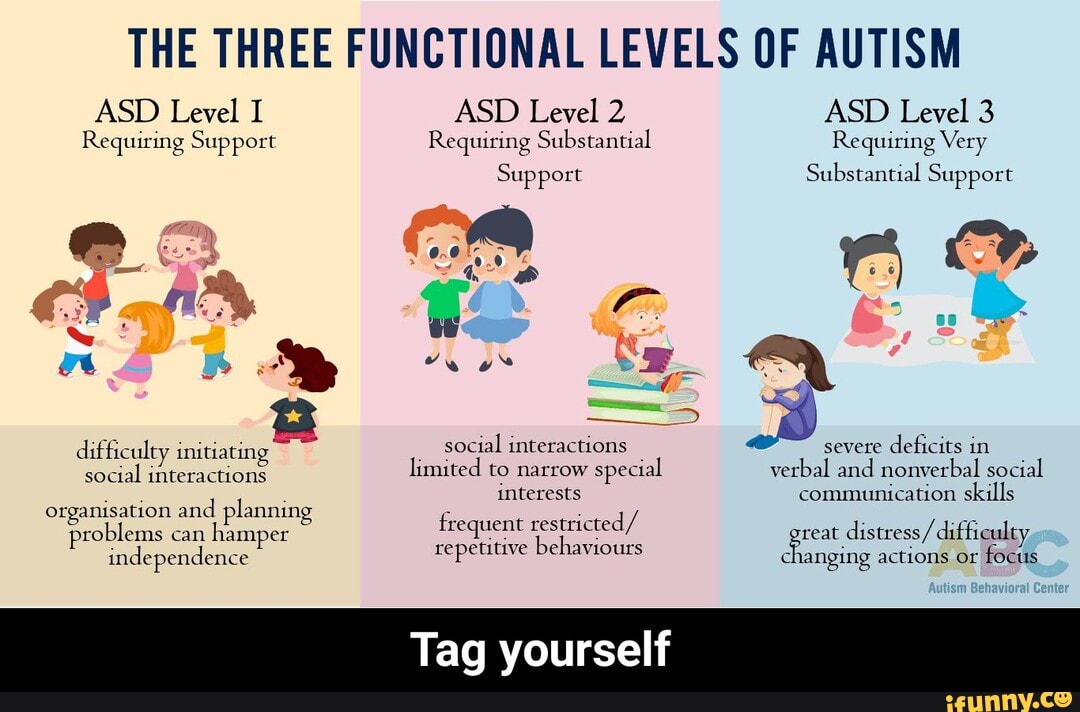 Some of these behaviors will persist throughout their lives however, ABA therapy, communication techniques, and other tools can assist children in learning to communicate their needs safely, effectively, and independently.
Some of these behaviors will persist throughout their lives however, ABA therapy, communication techniques, and other tools can assist children in learning to communicate their needs safely, effectively, and independently.
The behaviors of children with severe autism are comparable to those displayed by children with moderate autism, however, to a greater extent. Typically more challenging to manage, these behaviors consist of a variety of stimulating, self-soothing, or communicative behaviors like flapping, rocking, hopping, aggression toward other people, and self-injury.
Even with the most impactful autism therapies to help children with severe autism symptoms cope and communicate, they might continue to show these behavioral symptoms to some extent throughout their lives and require constant support.
Language and communication
Language and communication capabilities generally remain restricted in children with moderate autism. They may develop language skills later than ‘normal’ and speak less than their typically developing peers.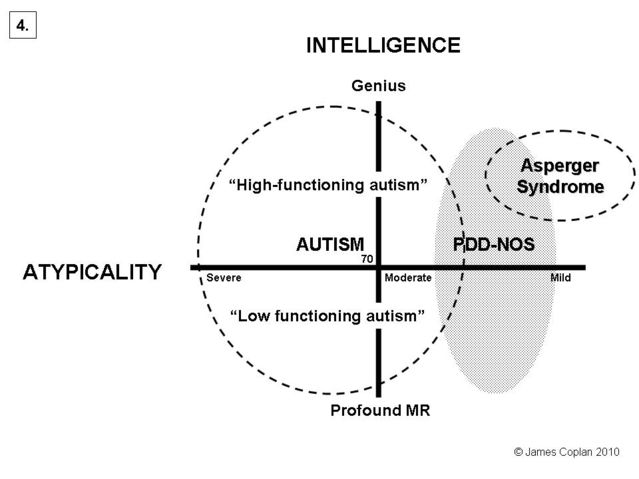 In some circumstances, children on the moderate-level autism spectrum (level 2) are non-verbal or cannot pronounce words correctly.
In some circumstances, children on the moderate-level autism spectrum (level 2) are non-verbal or cannot pronounce words correctly.
Depending on intellectual capabilities, children on a moderate autism level might learn to interact through augmentative and alternative communication, such as PECS or SGD, Picture Exchange Communication Systems and Speech Generating devices, respectively. On the contrary, children on the severe autism spectrum generally hold limited language and communication abilities. If they can communicate, they may repeat phrases and words they hear from others or speak only a few words that might not match the context. They may also learn to use augmentative and alternative communication such as PECS and SGDs.
Children with severe autism may communicate through groans, sounds, and other gestural body patterns. Parents or caregivers can use interaction, observation, ABA and speech therapy to learn to understand their child's needs and find new ways to improve language and communication with them.
The limitations of children on the severe autism spectrum (level 3) typically significantly limit social interactions. Other children may be upset by children with autism who have repetitive behaviors and may communicate their distress, thoughts, and feelings through maladaptive behaviors.
Sensory concerns
When confronted with overwhelming sensory input, the children might experience a breakdown and display maladaptive behaviors. Parents must understand their child’s sensory triggers and take measures to create a non-threatening surrounding.
The bottom line
Educating yourself on the signs, symptoms, and challenges your child may face is one of the best things you can do to prepare yourself as a parent or caregiver. Luckily, you don’t have to do it alone — there are whole hosts of medical professionals ready to help you navigate behavioral health challenges.
At Songbird, we believe every child deserves world class care. Contact us today to learn how our passionate therapists can develop a holistic care plan uniquely tailored to support your child in their growth and development.
Autism
Autism- Healthcare issues »
- A
- B
- B
- G
- D
- E
- and
- 9000 About
- P
- P
- With
- T
- in
- F
- x
- hours
- K 9 9000
- S
- B
- E
- S
- I
- Popular Topics
- Air pollution
- Coronavirus disease (COVID-19)
- Hepatitis
- Data and statistics »
- News bulletin
- The facts are clear
- Publications
- Find Country »
- A
- B
- C
- D
- D
- E
- С
- and
- th
- K
- L
- About
- P 9000 In
- Ф
- x
- hours
- Sh
- Sh
- K.
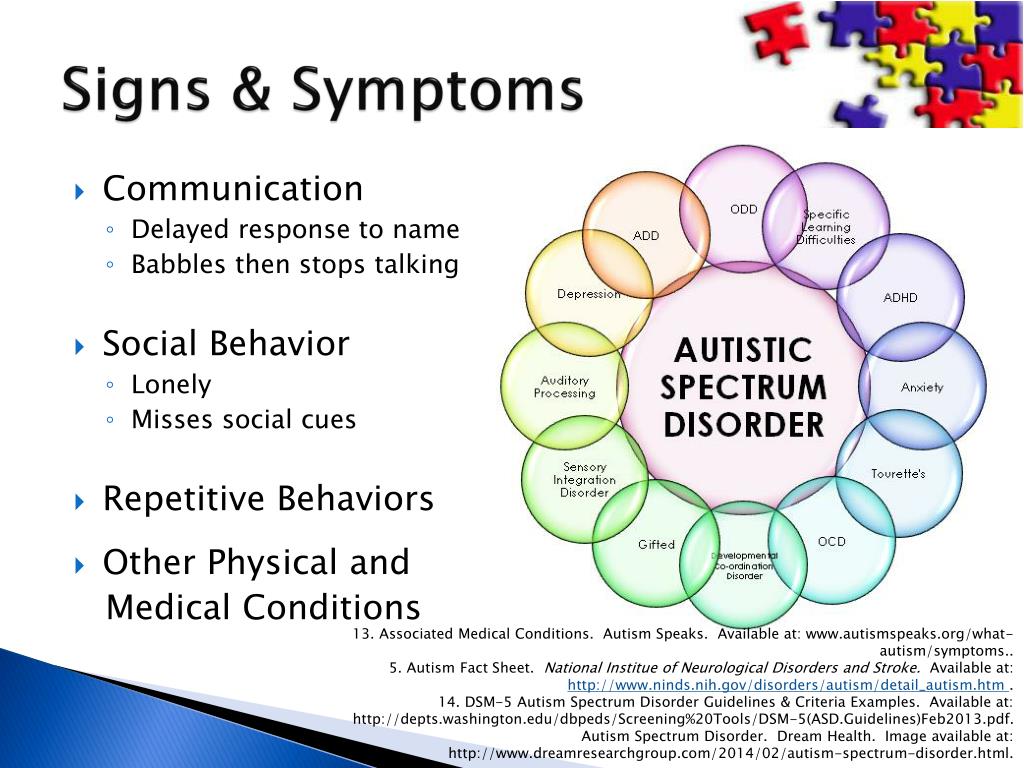
- U
- WHO in countries »
- Reporting
- Regions »
- Africa
- America
- Southeast Asia
- Europe
- Eastern Mediterranean
- Western Pacific
- Media Center
- Press releases
- Statements
- Media messages
- Comments
- Reporting
- Online Q&A
- Developments
- Photo reports
- Questions and answers
- Update
- Emergencies "
- News "
- Disease Outbreak News
- WHO data »
- Dashboards »
- COVID-19 Monitoring Dashboard
- Basic moments "
- About WHO »
- CEO
- About WHO
- WHO activities
- Where does WHO work?
- Governing Bodies »
- World Health Assembly
- Executive committee
- Main page/
- Media Center /
- Newsletters/
- Read more/
- Autism
Key Facts
- Autism, also called autism spectrum disorder, is a diverse group of pathological conditions caused by the development of the brain.
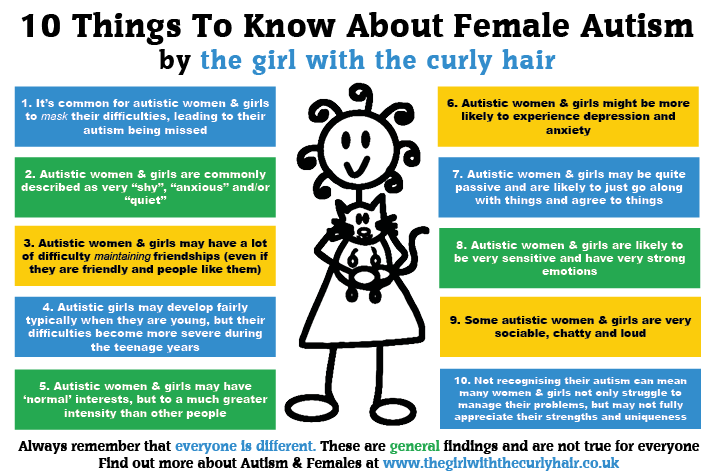
- Signs of autism can be detected in early childhood, but it is often not diagnosed until later in life.
- Approximately 1 in 100 children have autism.
- The abilities and needs of people with autism can vary and change over time. Some people with autism are able to lead independent and productive lives, while others become severely disabled and require lifelong care and support.
- Evidence-based psychosocial interventions can improve communication skills and social behavior that positively impact the well-being and quality of life of people with autism and their caregivers.
- Care for people with autism must be accompanied by local and community action to make physical and social environments and relationships more accessible, inclusive and supportive.
Introduction
Autism Spectrum Disorders (ASD) are a group of different conditions.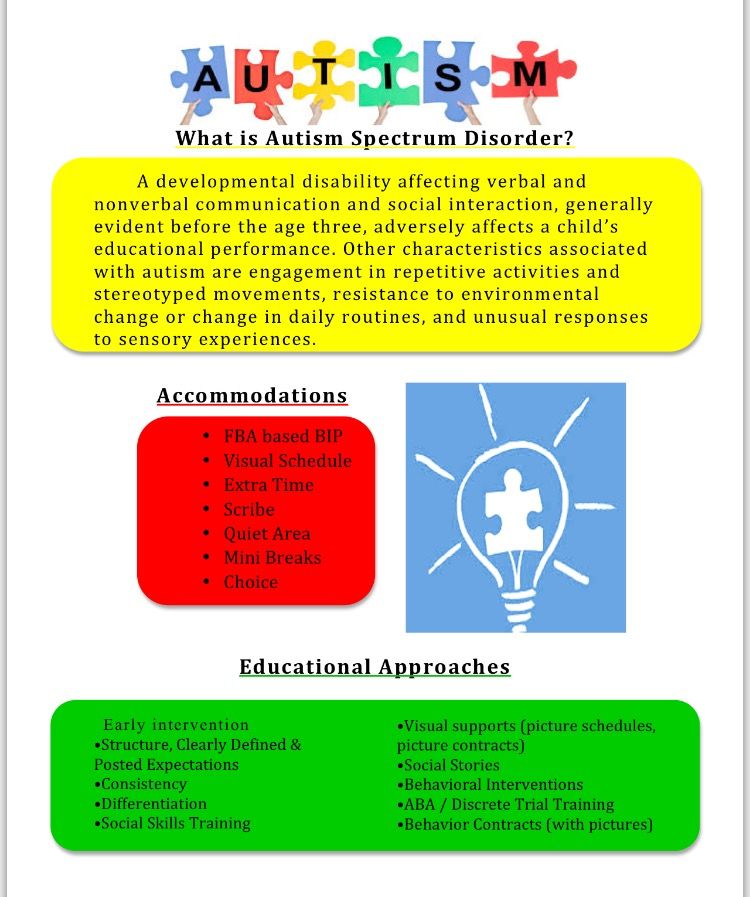 All of them are characterized by certain difficulties with social interaction and communication. Other features include atypical patterns of action and behaviors, such as difficulty moving from one activity to another, focus on details, and unusual responses to external stimuli.
All of them are characterized by certain difficulties with social interaction and communication. Other features include atypical patterns of action and behaviors, such as difficulty moving from one activity to another, focus on details, and unusual responses to external stimuli.
The abilities and needs of people with autism can vary and change over time. Some people with autism are able to live independent and productive lives, while others become severely disabled and require lifelong care and support. Autism often negatively affects educational or employment opportunities. In addition, for family members of people with autism, care and support responsibilities can often be a source of significant stress. Community attitudes and the level of support from local and national governments are important determinants of the quality of life of people with autism.
Signs of autism can be identified in early childhood, but the condition is often diagnosed at much later stages.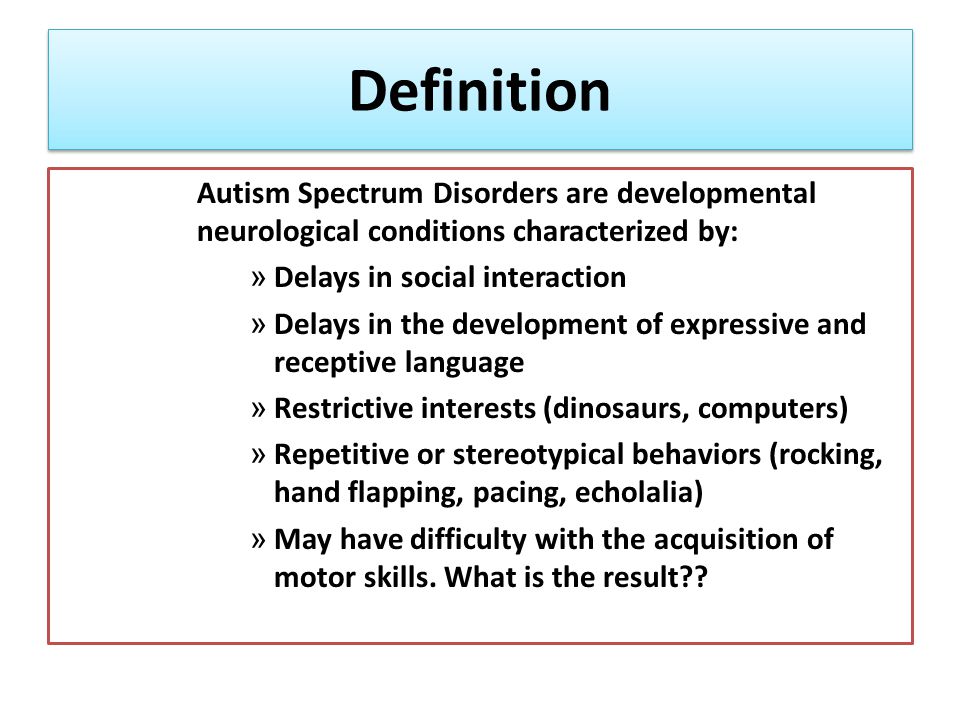
People with autism often have comorbid conditions and illnesses, including epilepsy, depression, anxiety, and attention deficit hyperactivity disorder, as well as behavioral problems such as sleep disturbances or self-harm. The level of intellectual abilities of people with autism varies in a wide range from severe cognitive impairment to a high level of intelligence.
Epidemiology
It is estimated that autism affects about 1 in 100 children worldwide (1). At the same time, we are talking about an average indicator, and the prevalence rates of autism recorded according to different studies vary widely. Nonetheless, according to some reputable controlled studies, the real numbers are much higher. The prevalence of autism in many low- and middle-income countries is unknown.
Causes
Available scientific evidence indicates many factors that may increase the likelihood of children developing autism, including environmental and genetic factors.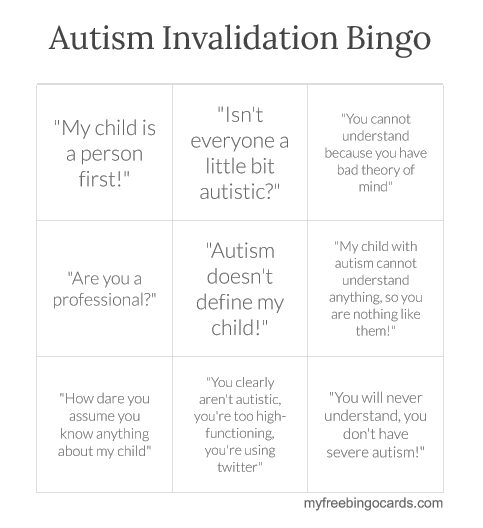
Available epidemiological data do not support a causal relationship between autism and measles, mumps and rubella vaccination. Past studies suggesting such a causal relationship have been many methodological problems were found (2), (3).
Similarly, there is no evidence that any childhood vaccine can increase the risk of developing autism. Evidence reviews on a potential association between the preservative thiomersal and aluminum adjuvants contained in inactivated vaccines and the risk of developing autism strongly suggest that vaccines do not lead to an increase in this risk.
Needs assessment and care management
A range of interventions, from early childhood and throughout life, can contribute to the optimal development, well-being and quality of life of people with autism. Timely evidence-based psychosocial interventions at an early age can improve the ability of children with autism to communicate and interact effectively with others. It is recommended to monitor the development of children as part of the planned provision of medical care to mothers and children.
It is important that immediately after diagnosis, children, adolescents and adults diagnosed with autism and their caregivers have access to relevant information, referrals and practical support tailored to their individual needs. constantly changing needs and preferences.
The health care needs of people with autism are complex, requiring them to provide comprehensive services, including health promotion, care and rehabilitation services. Therefore, it is important to ensure cooperation with other sectors, in particular with the education system, employment and the social sector.
Interventions to help people with autism and other developmental disabilities should be planned and implemented with the participation of people with these conditions themselves. Caring for people with autism should be accompanied by local action. and at the level of society as a whole, in order to make the physical and social environment and relationships more accessible, inclusive and supportive.
Human rights
All people, including those with autism, have the right to the highest attainable standard of physical and mental health.
Yet people with autism often face stigma and discrimination: their health care and education rights are unfairly denied, and their opportunities to participate in society are limited.
People with autism may experience the same health problems as the rest of the population. In addition, they may have special health care needs related to autism and other related conditions. They can be are more vulnerable to chronic noncommunicable diseases associated with behavioral risk factors such as physical inactivity and poor diet, and are at greater risk of violence, injury and abuse.
People with autism, like the rest of the population, need affordable health services to meet their general health needs, including health promotion and prevention services, as well as acute and chronic disease management.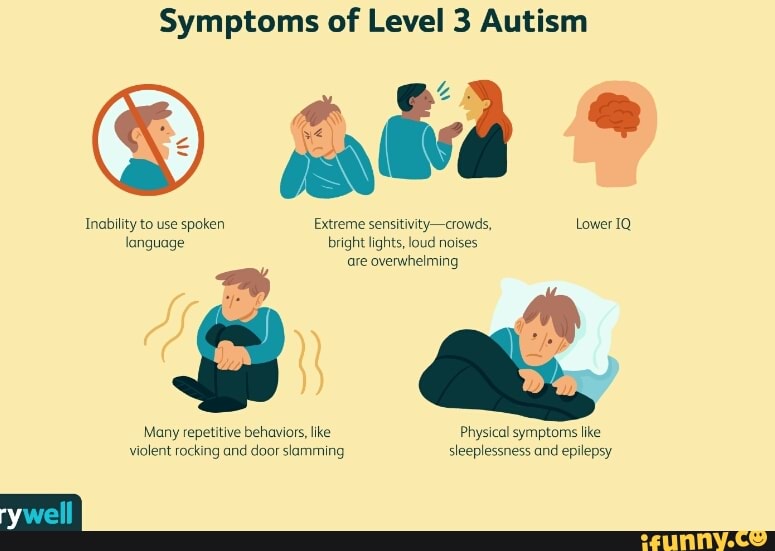 However less than in the general population, the level of satisfaction of the medical needs of people with autism is at a lower level. These people are also more vulnerable in humanitarian emergencies. One of the common barriers is the insufficient level of knowledge and understanding of the specifics of autism by medical professionals.
However less than in the general population, the level of satisfaction of the medical needs of people with autism is at a lower level. These people are also more vulnerable in humanitarian emergencies. One of the common barriers is the insufficient level of knowledge and understanding of the specifics of autism by medical professionals.
WHO Resolution on Autism Spectrum Disorders
In May 2014, the Sixty-seventh World Health Assembly adopted a resolution on "Comprehensive and concerted efforts for the management of autism spectrum disorders", supported by over 60 countries.
The resolution calls on WHO to work with Member States and partner agencies to strengthen national capacity to address ASD and other developmental disabilities.
WHO activities
WHO and partners recognize the need to strengthen the capacity of countries to promote the optimal health and well-being of all people with autism.
The main activities of WHO in this regard are:
- promoting the adoption of targeted measures by national governments to improve the quality of life of people with autism;
- develop recommendations for policies and action plans to address autism in the broader context of physical, mental, brain health and care for people with disabilities;
- help to empower healthcare professionals to provide appropriate and effective care for people with autism and achieve optimal health and well-being; and
- promote and support an inclusive and supportive environment for people with autism and other developmental disabilities.
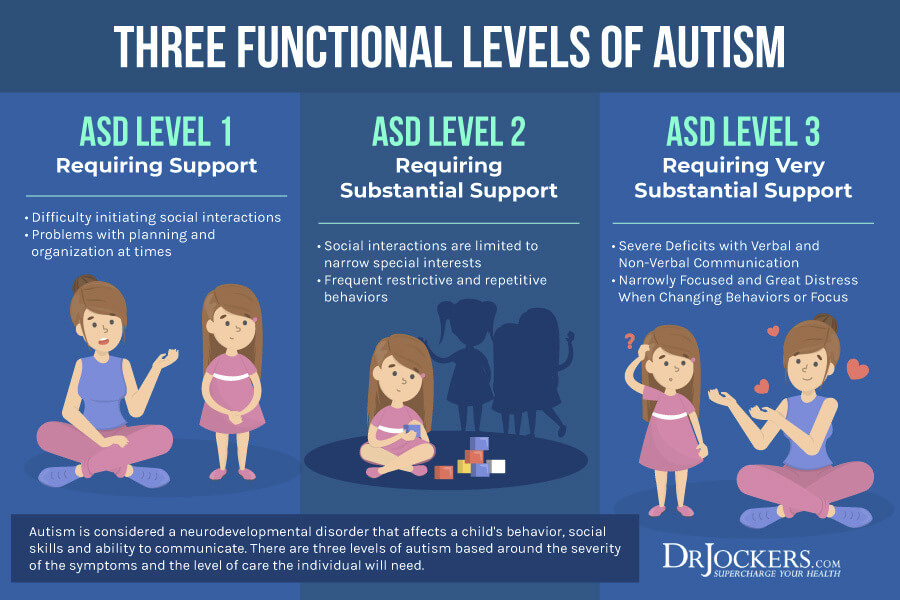
WHO comprehensive mental health action plan 2013–2030 and World Health Assembly Resolution WHA73.10 "Global action against epilepsy and other neurological disorders" contain calling on countries to address significant gaps in the early detection, care, treatment and rehabilitation of people with mental and neurodevelopmental disorders, including and autism. The resolution also calls on countries to take action to meet the social, economic, educational and other needs of people living with mental and neurological disorders and their families, and to develop surveillance and related research activities.
References
(1) Global prevalence of autism: A systematic review update. Zeidan J et al. Autism Research 2022 March.
(2) Wakefield's affair: 12 years of uncertainty whereas no link between autism and MMR vaccine has been proven. Maisonneuve H, Floret D. Presse Med. 2012 Sep; French https://pubmed.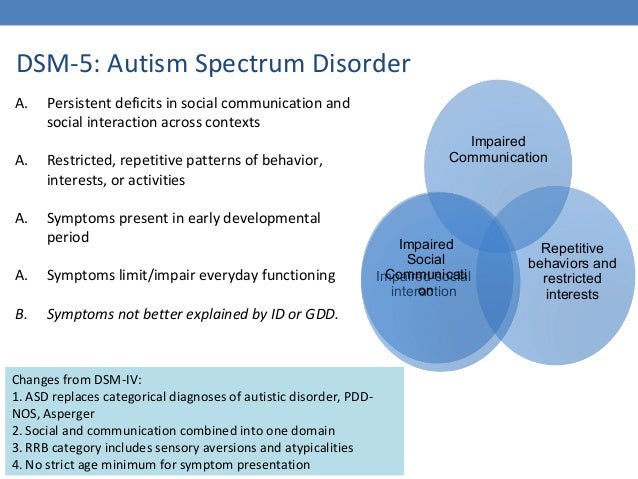 ncbi.nlm.nih.gov/22748860/
ncbi.nlm.nih.gov/22748860/
(3) Lancet retracts Wakefield's MMR paper. Dyer C. BMJ 2010;340:c696. 2 February 2010 https://pubmed.ncbi.nlm.nih.gov/20124366/
Types of autism - description, stages, forms and groups of autism, degrees and types of autism in children
What is autism?
Defining autism is a difficult task. This is due to the fact that researchers, scientists and physicians do not have reliable facts about the causes of this disease and cannot trace the processes that lead to the development of this condition. But the main reason is the huge variety of manifestations, symptoms and forms of autism. It is in consequence of this feature that autism is usually called a spectrum disorder - Autism Spectrum Disorder (ASD), which is characterized by impaired communication, verbal abilities, difficulties in interacting with the outside world, and limited interests. The division of this disorder into childhood autism and adult autism is possible very conditionally, since autistic features remain in a person all his life, even with complete habilitation.
Each case of autism is unique, and as they say - "If you know one autist, then you know only one autist." Despite this, scientists, doctors, researchers are trying to isolate from a huge variety of cases similar in severity of manifestations and symptoms and combine groups of children and adults into types of autism in order to make a correct diagnosis and correctly prioritize corrective work.
Types of autism in children and adults
Autism is included in a separate group of general disorders of psychological development according to the International Classification of Diseases (ICD) and has the code F84. If necessary, to identify diseases associated with these disorders or mental retardation, use an additional code. It was the clinical description of autism that gave grounds to divide it by type, relying on general symptoms and manifestations, the degree of autism in children and adults:
- Asperger's syndrome is distinguished by a fairly high intelligence in the presence of developed spontaneous speech.
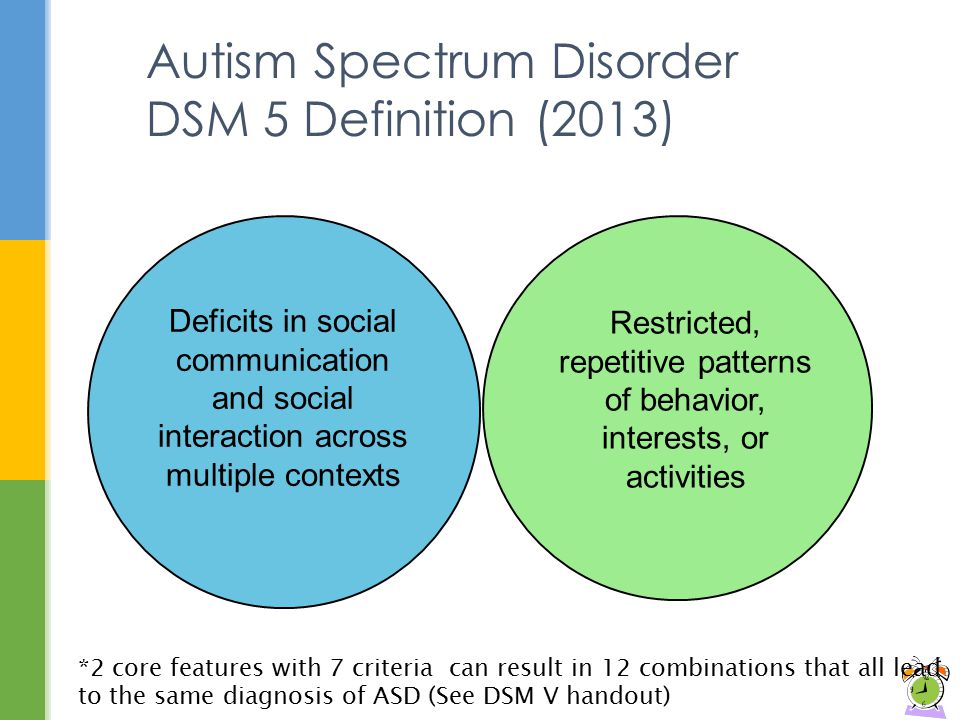 Most of these patients are capable of active communication and social life, including the use of speech. Many doctors have difficulty diagnosing, because high functionality obscures the problem, and the manifestations of the disease can be perceived as an extreme version of the norm or personality accentuation.
Most of these patients are capable of active communication and social life, including the use of speech. Many doctors have difficulty diagnosing, because high functionality obscures the problem, and the manifestations of the disease can be perceived as an extreme version of the norm or personality accentuation. - Classical autism (Kanner's syndrome) is distinguished by the completeness of the clinical picture, when there are distinct signs of anomalies in three areas of higher nervous activity (social interaction, communication, behavior). In terms of severity, this type varies significantly - from mild to the most severe.
- Non-specific pervasive developmental disorder (atypical autism): the disorder does not reveal itself with all typical autistic features, abnormal manifestations can cover only 2 of the 3 main vulnerable areas. Having a similar diagnosis of autism, children have a high chance of successful development and approaching the normotypical model
- Rett syndrome: usually affects girls, the syndrome is not easy, often appears in early childhood, can lead to low functionality by the period of final adulthood (even with full corrective care).
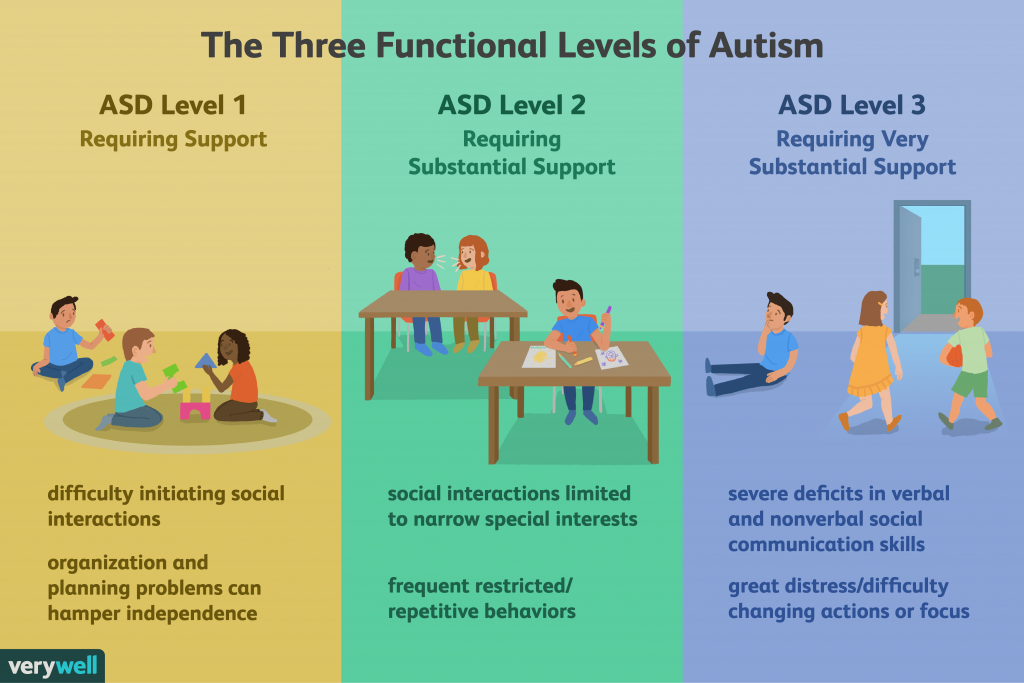
- Childhood disintegrative disorder: The first signs appear by 1.5-2 years and up to school. Clinically, it often looks like a regression of already mastered skills (divided attention, speech, motor skills).
These types of autism are of value in clinical diagnosis. However, for therapeutic purposes, correctional tasks, and for specialists who work to improve the quality of life and acquire skills of both a social nature and a household plan, an updated diagnosis according to the ICD is often not important, since it is not sufficiently informative about the patient’s current problems, stage development of the disease and its impact on a particular person. To simplify work in this area, it is customary to divide patients into the following forms of autism in children and adults: high-functioning and low-functioning. This is a certain scale, at one end of which are children with very severe impairments, pronounced symptoms, requiring help throughout their lives, and at the opposite end are highly functional children who have every chance of independence and compensation in adulthood.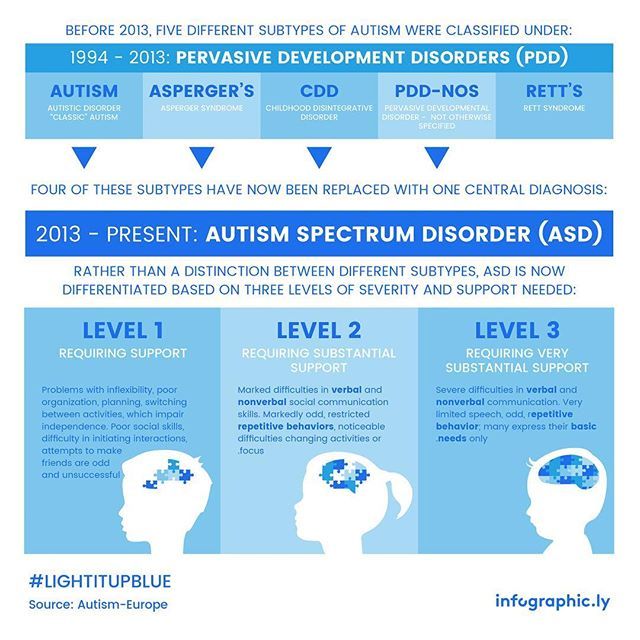 The place of a child or an adult on this line is indicated by a therapist, doctor, analyst, thereby indicating the level and direction of his development.
The place of a child or an adult on this line is indicated by a therapist, doctor, analyst, thereby indicating the level and direction of his development.
However, the division into these types of autism caused a resonance in the autistic society itself: according to this scale, non-verbal people are classified as low-functioning, but with their thinking, ability to communicate with the outside world, everything is in perfect order. This is because the criterion of functionality itself is deeply flawed, because it is based on the false premise that visible external behavior is tantamount to intelligence. As trite as it may sound, you need to move away from treating people by their appearance. Autism specialists should assume intelligence in everyone without exception.
Based on logical reasoning, ethical considerations and, nevertheless, the need to classify the degree of autism in children and adults, in modern and progressive society it is customary to divide not into clinical forms, but into the degree of need for support - from full and constant support of a person, partial guardianship, to complete independence.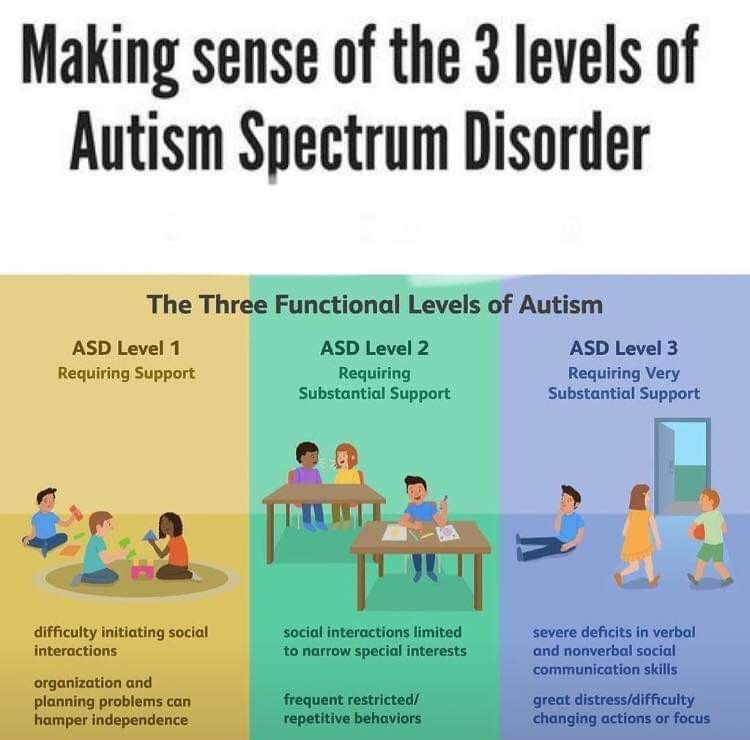


-Cap-30mg-UK-2.jpg)
